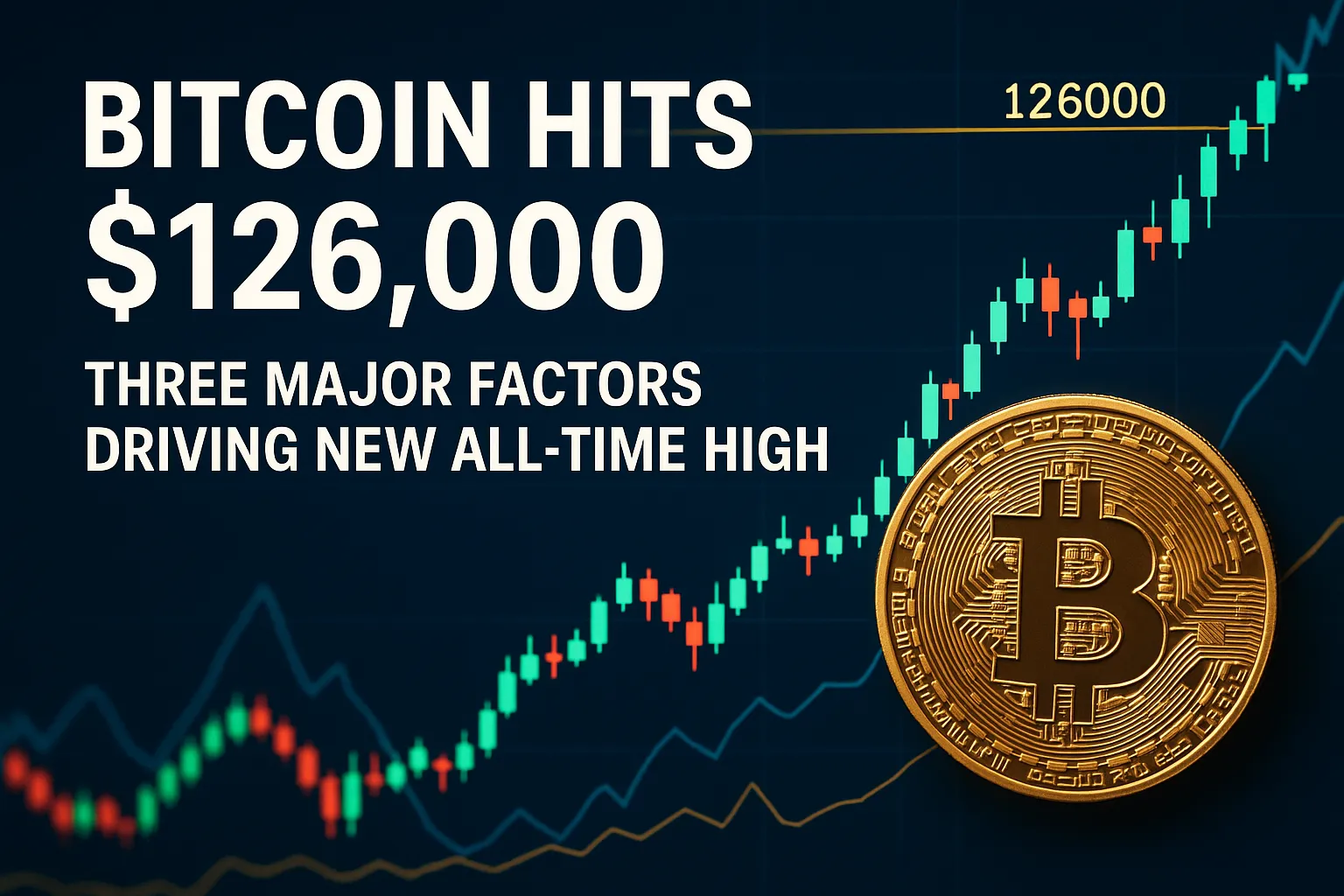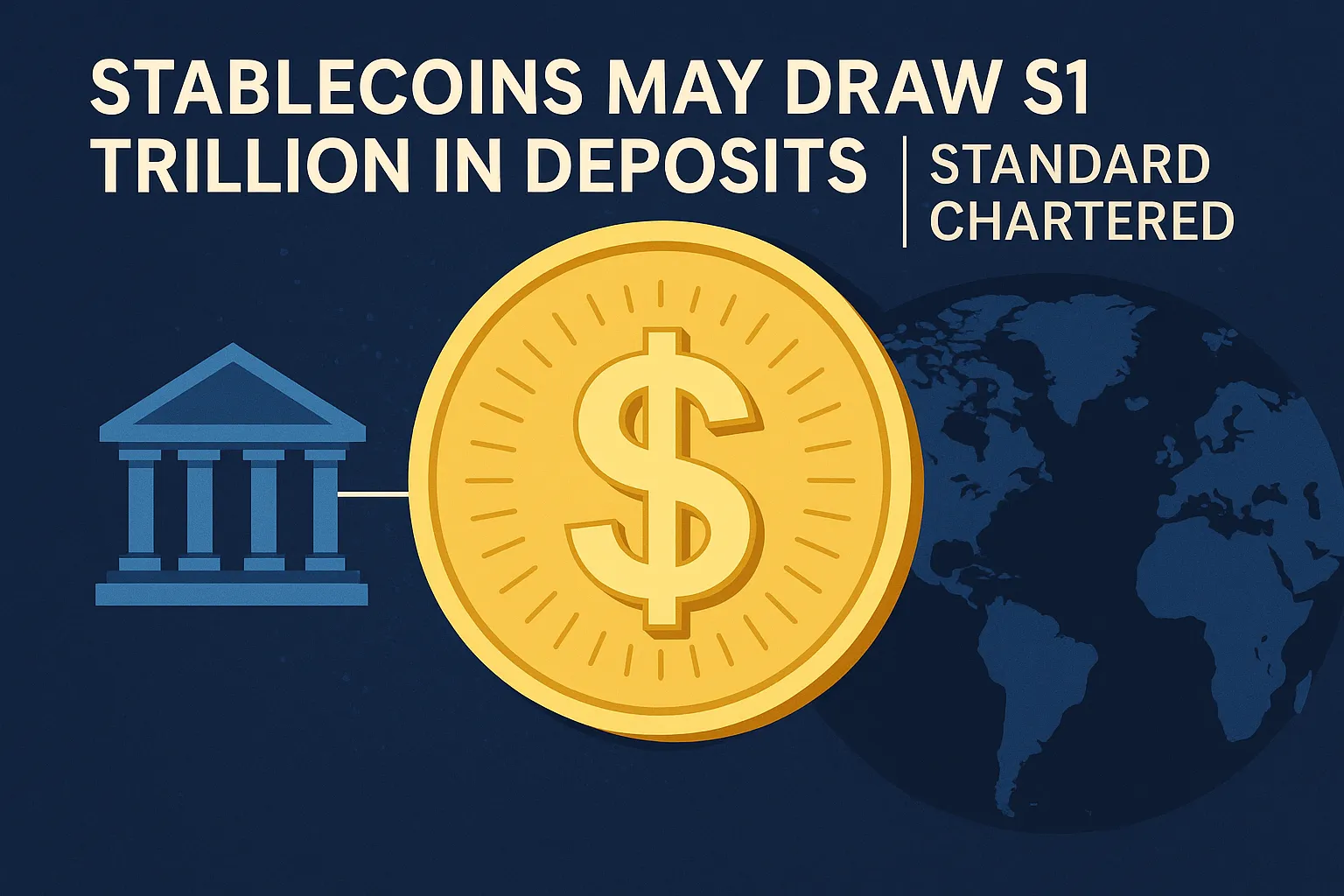Pig Killing Scam
definition
The term "killing pigs" originally refers to scams in which a group compares victims to "pigs," defrauding them of their money by "raising the pigs" (building trust, creating emotional connections, or fantasizing about wealth), and then ultimately "killing the pigs" (running away with the funds). These scams often use the guise of dating, fake stock recommendations, investment platforms, and overseas transactions to trick victims into repeatedly depositing and increasing their investments until their funds are completely wiped out.
Way
Common methods of operating pig-killing schemes include:
Social infiltration: Actively strike up conversations through platforms such as WeChat, Momo, Tinder, and Facebook, disguising themselves as tall, rich, handsome, fair, rich, and beautiful women, etc., to quickly build closer relationships.
Fabricating identities and scenarios: Impersonating investment consultants, overseas elites, wealthy businessmen, etc., displaying fake successful lives, screenshots of luxury cars and mansions to create credibility.
Guiding investment: recommending victims to enter so-called "high-yield, guaranteed profit" platforms, such as fake virtual currency, foreign exchange, and gambling websites, and providing real-time operational guidance.
False profits and escalating schemes: initially, victims are allowed to make small profits to increase their trust, and then they are guided to increase their investment, or even borrow money to invest.
Account blocked and run away: eventually the platform is closed, withdrawals are impossible or the account becomes abnormal, the fraud gang disappears, and the victims have no way to seek compensation.
Advantages (from the scammer's perspective)
The scams are sophisticated: usually committed by professional gangs, with strict scripts and mature processes.
Highly emotionally manipulative: exploiting human weaknesses (loneliness, greed, trust) to build psychological dependence.
Tight technical packaging: Fake platforms, AI customer service, fake transaction screenshots, etc. are often used to enhance the authenticity of the scam.
Disadvantages (harm to investors)
Huge losses: Once victims are deeply trapped, they often invest all their savings or even go into debt.
A double blow of emotional and financial loss: Victims often suffer emotional deception and financial loss at the same time.
Difficulty in protecting rights: Most platforms are deployed overseas and disguise themselves as professional, making investigation and accountability costs extremely high.
Severe psychological trauma: Victims generally experience psychological problems such as anxiety, self-blame, and depression after the incident.
Case
In 2023, Chinese police cracked a major "pig-killing" scam involving over 300 million RMB. The gang, operating in multiple countries, lured hundreds of victims in China through fake "investment platforms." The scheme involved spoofed USDT transactions, fake candlestick charts, and the inability to withdraw virtual assets. A six-month cross-border investigation ultimately led to the arrest of the principal offender.
Summarize
"Pig-killing scams" are essentially financial frauds that combine long-term disguise and emotional manipulation, making them extremely deceptive and covert. Investors should be highly wary of strangers using social media to manipulate investments, reject any promises of guaranteed profits, verify the platform's qualifications, and strengthen their awareness of personal information protection. If suspicious activity is detected, communication should be terminated immediately and the case should be reported to the public security authorities. Remember: invest rationally and be vigilant against scams. There is no such thing as a free lunch.
⚠️Risk Warning and Disclaimer
BrokerHivex is a financial media platform that displays information sourced from the public internet or uploaded by users. BrokerHivex does not endorse any trading platform or instrument. We are not responsible for any trading disputes or losses arising from the use of this information. Please note that the information displayed on the platform may be delayed, and users should independently verify its accuracy.
Related Terms
Possible Missed

Stablecoins dominate the global payment landscape | How does the "digital dollar" reshape the global monetary order?
By 2025, the stablecoin market is projected to exceed $3.4 trillion, becoming a new infrastructure for cross-border payments, stored value, and settlements. This article deeply analyzes how stablecoins are siphoning off bank deposits in emerging markets and challenging central bank monetary sovereignty. It also comprehensively examines the strategic competition among the three major camps of the United States, the European Union, and China over digital currency strategies, and how this will reshape the global payments landscape over the next decade.

Bitcoin breaks through $126,000 | Three major driving forces push the all-time high, the next stop is $150,000?
Bitcoin prices hit a record high, breaking through $126,000, fueling buoyant market sentiment. This article analyzes the three key drivers of this rally: continued inflows of institutional ETF funds, rising expectations of US dollar inflation, and the growing narrative of AI and blockchain integration. It also explores whether the price is poised to reach $150,000 in the future.

Stablecoins may absorb $1 trillion in deposits | Standard Chartered warns: emerging market banking systems face shocks
A recent Standard Chartered report indicates that the rapid expansion of stablecoins in payments and stored-value sectors could lead to a loss of up to $1 trillion in deposits from emerging market banking systems over the next three years. This article delves into the mechanisms and underlying factors of the impact of stablecoins on the global banking industry, as well as the regulatory responses of various countries.

Trump imposes 100% tariffs on Chinese tech exports | Global cryptocurrency prices plummet $19 billion: Causes and impacts analyzed
US President Trump's announcement of a 100% tariff on high-tech exports from China triggered significant volatility in the global crypto market. Bitcoin plummeted 8.4% in a single day, wiping out over $19 billion in market capitalization. Major cryptocurrencies like Ethereum and Solana also saw declines, with institutional funds withdrawing en masse. Analysts indicate that geopolitical risk is becoming a new pricing factor for crypto assets, putting short-term pressure on the market, but the long-term fundamentals remain promising.